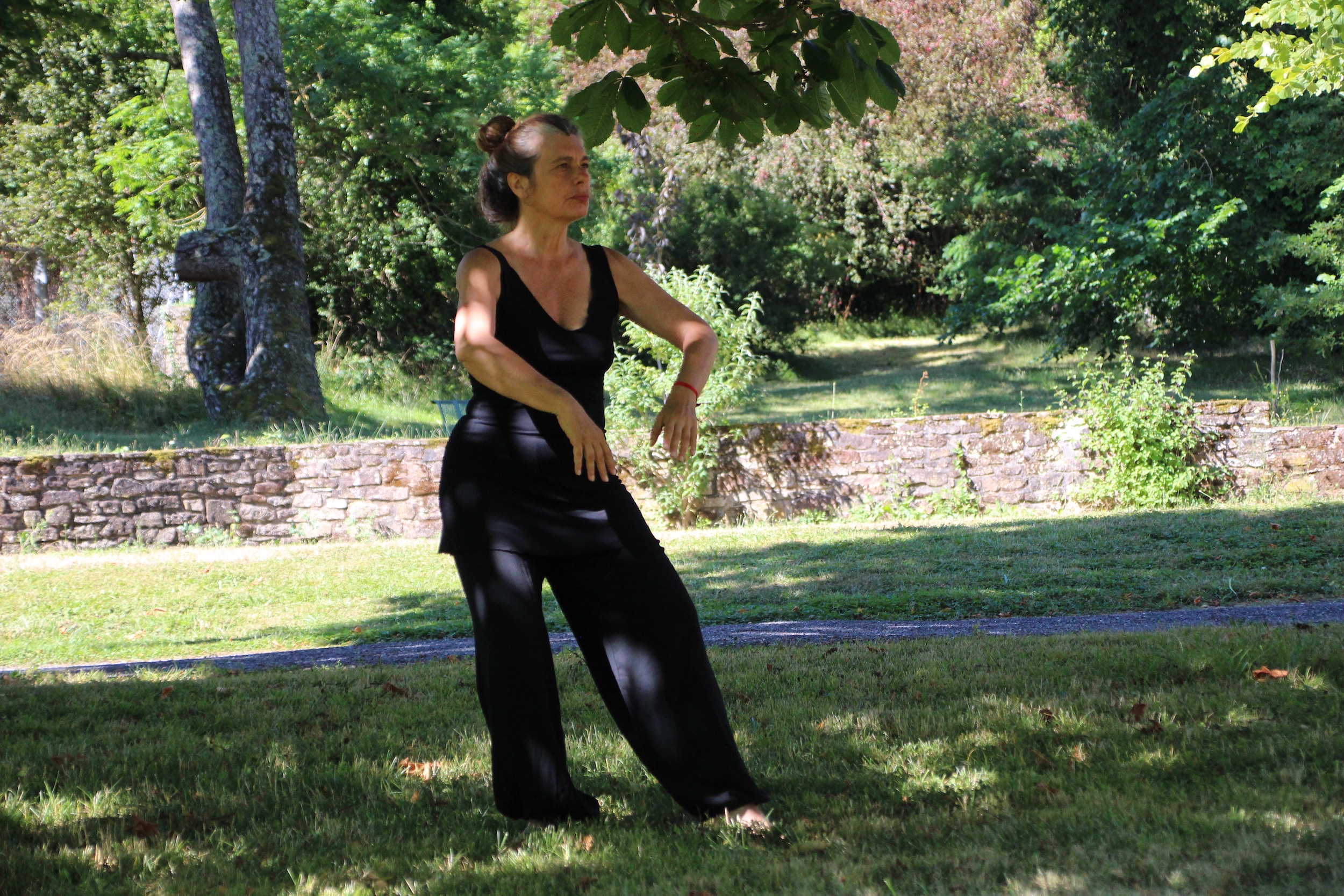As we journey together toward increased stamina and improved cardiovascular health, one of the simplest yet most profound tools we can harness is our breath. Deep, controlled breathing exercises not only calm the mind but can enhance our body’s oxygen uptake and improve its ability to manage lactic acid buildup during intense activity. This simple, cost-free, and readily available practice can play a significant role in building our stamina.
Our breath is critical in how our bodies function during physical activity. When we exercise, our muscles need more oxygen. An increased breathing rate meets this need. However, how we breathe – the depth, rhythm, and control of our breath – can affect our body’s efficiency in delivering that oxygen and managing the byproducts of intense physical activity, such as lactic acid.
Deep, controlled breathing can improve the amount of oxygen that reaches our muscles. This can enhance our performance and stamina by making our energy production more efficient. This is why you may notice that seasoned athletes often have very controlled, rhythmic breathing patterns during their workouts.
Breathing exercises can also help our bodies manage lactic acid more effectively. Our muscles produce lactic acid during high-intensity workouts. It can contribute to muscle fatigue if it’s not effectively cleared away. Improving our body’s oxygen efficiency can better manage this lactic acid buildup, delay fatigue, and improve our overall stamina.
A quote by renowned yoga and wellness expert B.K.S. Iyengar perfectly encapsulates breath’s importance: “Breath is the king of mind.” By learning to control our breath, we can improve our physical stamina and mental endurance.
You can practice deep, controlled breathing exercises in various ways. One method is diaphragmatic breathing, often used by singers and athletes. This involves taking a deep breath through the nose, allowing the diaphragm, not just the chest, to fill with air, and then exhaling slowly. Practicing this technique regularly can help improve the efficiency of your breathing.
A study published in the Journal of Physical Therapy Science found that diaphragmatic breathing could improve respiratory muscle function and exercise capacity in people with chronic obstructive pulmonary disease. This demonstrates the potential benefits of improved breathing on physical stamina and capacity.
Yoga and tai chi often incorporate controlled breathing exercises alongside physical movements. These can be another excellent way to simultaneously train your breath, body, and mind.
Remember, it’s not about instant results like all elements of increasing stamina. Regularly practicing breathing exercises and becoming more mindful of your breath during workouts can improve your stamina and cardiovascular health over time.
Let’s create a conversation around this. How often do you focus on your breathing during workouts? Have you tried any breathing exercises, and if so, have you noticed any difference in your stamina or workout performance? Are there other breathing techniques that you’ve found beneficial? Let’s discuss and learn from each other.
